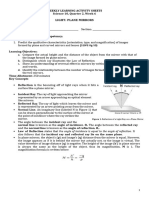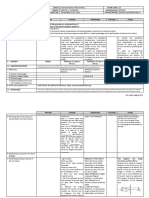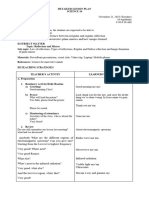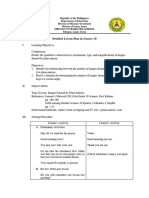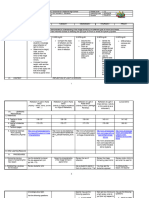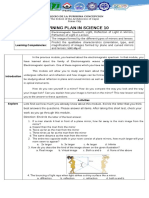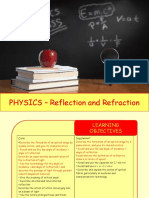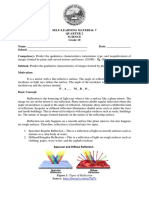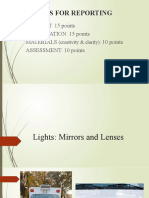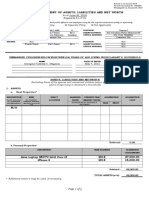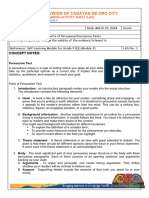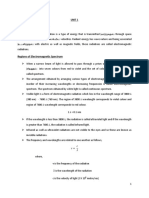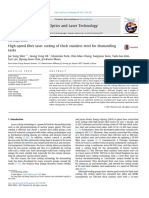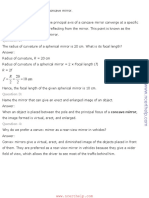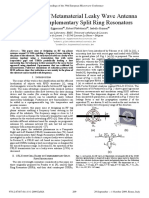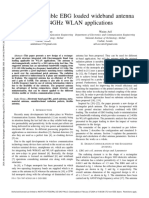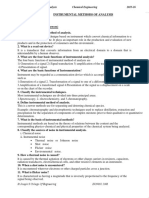0% found this document useful (0 votes)
224 views28 pagesScience10 Q2 Mod4 v4
Module
Uploaded by
Kurt Dela PenaCopyright
© © All Rights Reserved
We take content rights seriously. If you suspect this is your content, claim it here.
Available Formats
Download as PDF, TXT or read online on Scribd
0% found this document useful (0 votes)
224 views28 pagesScience10 Q2 Mod4 v4
Module
Uploaded by
Kurt Dela PenaCopyright
© © All Rights Reserved
We take content rights seriously. If you suspect this is your content, claim it here.
Available Formats
Download as PDF, TXT or read online on Scribd
/ 28



